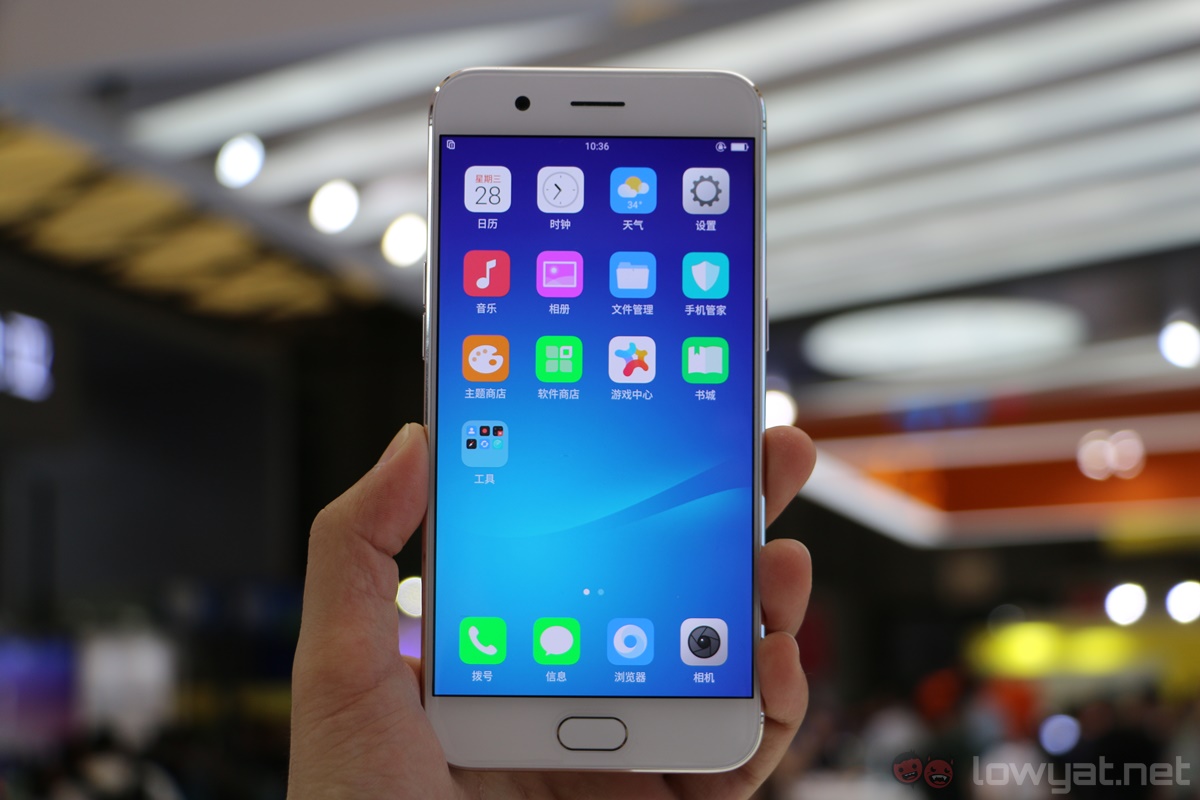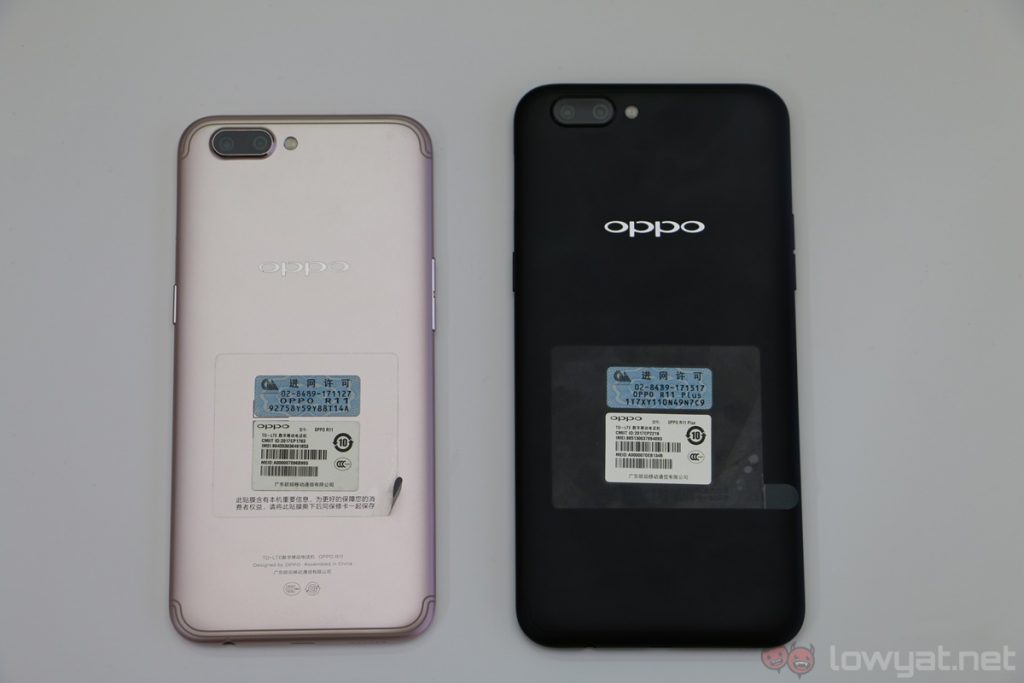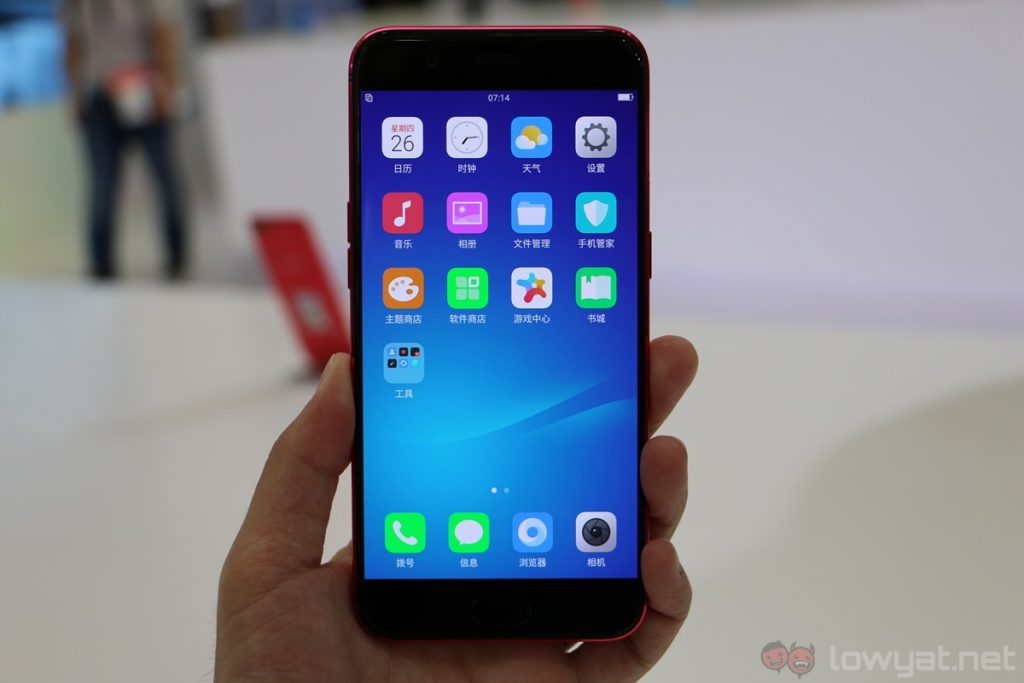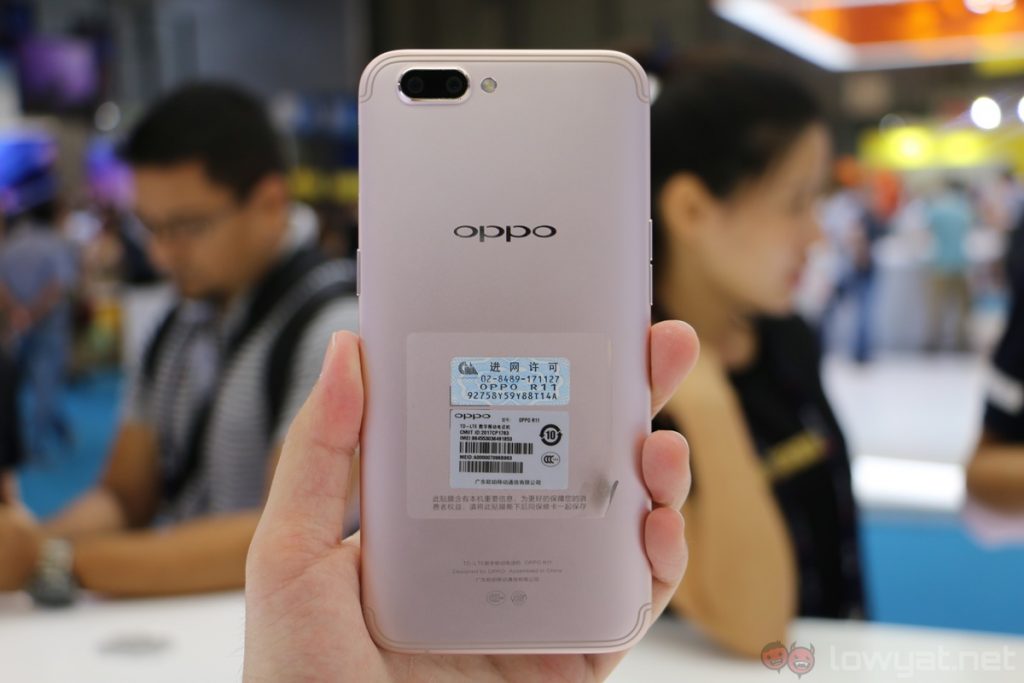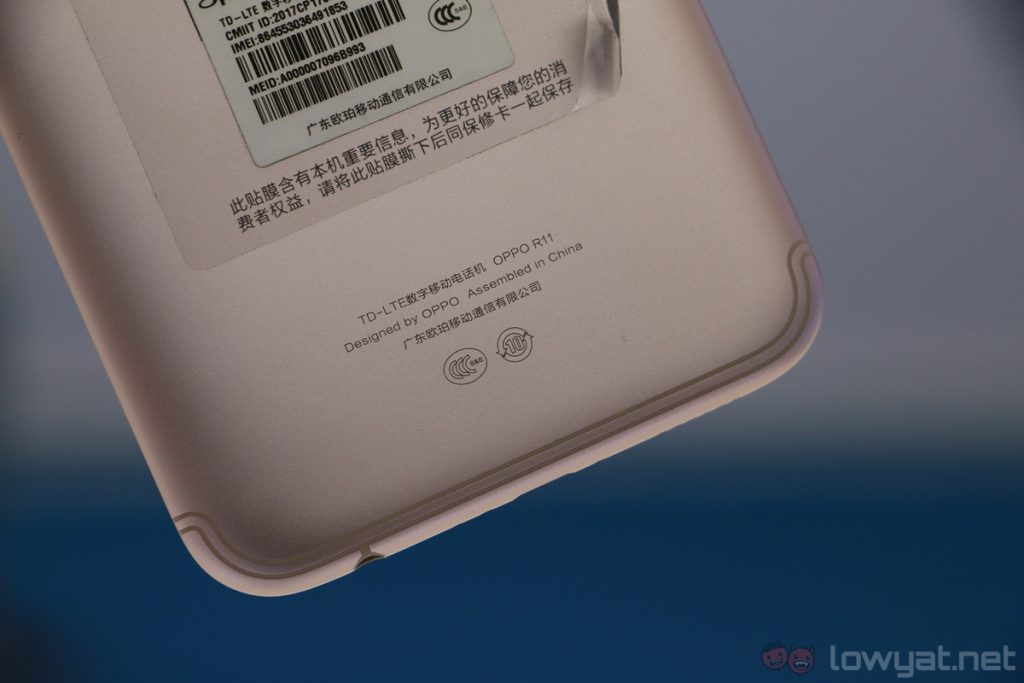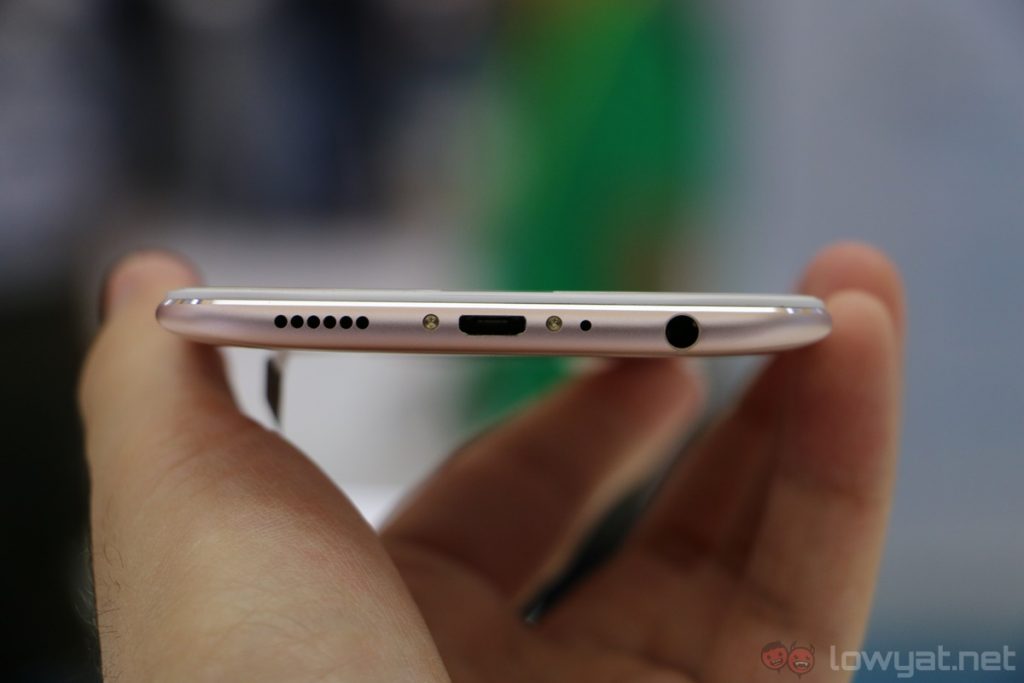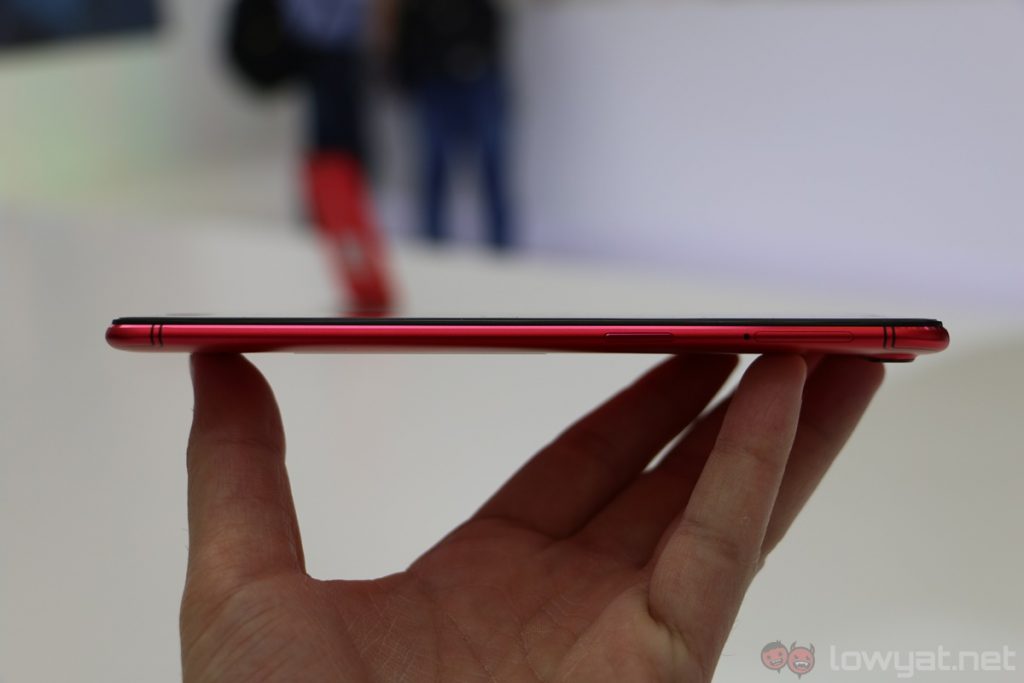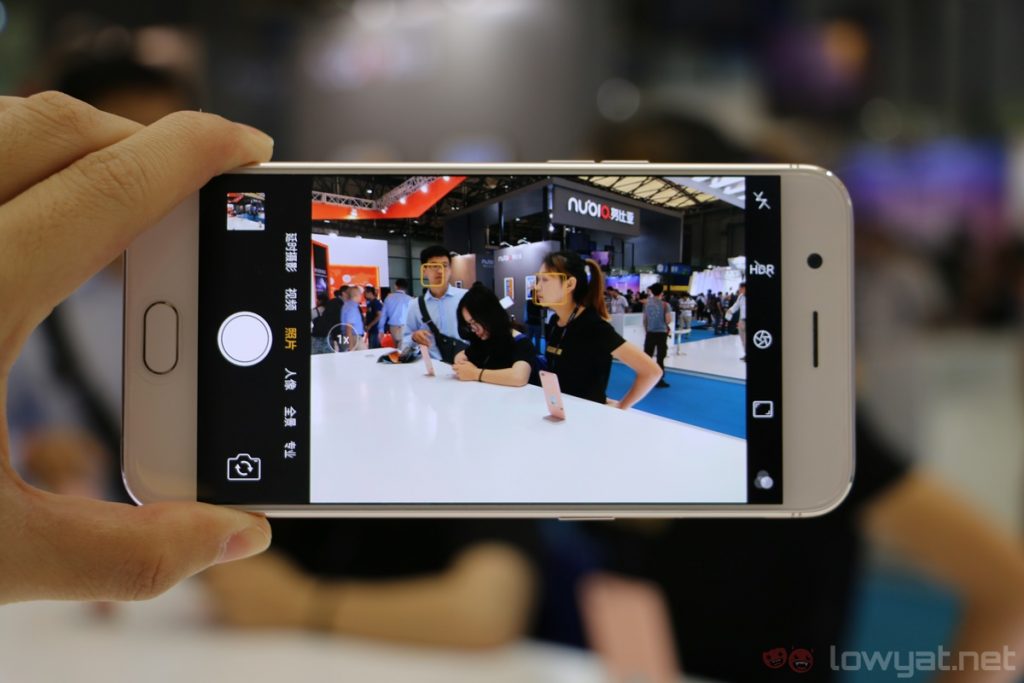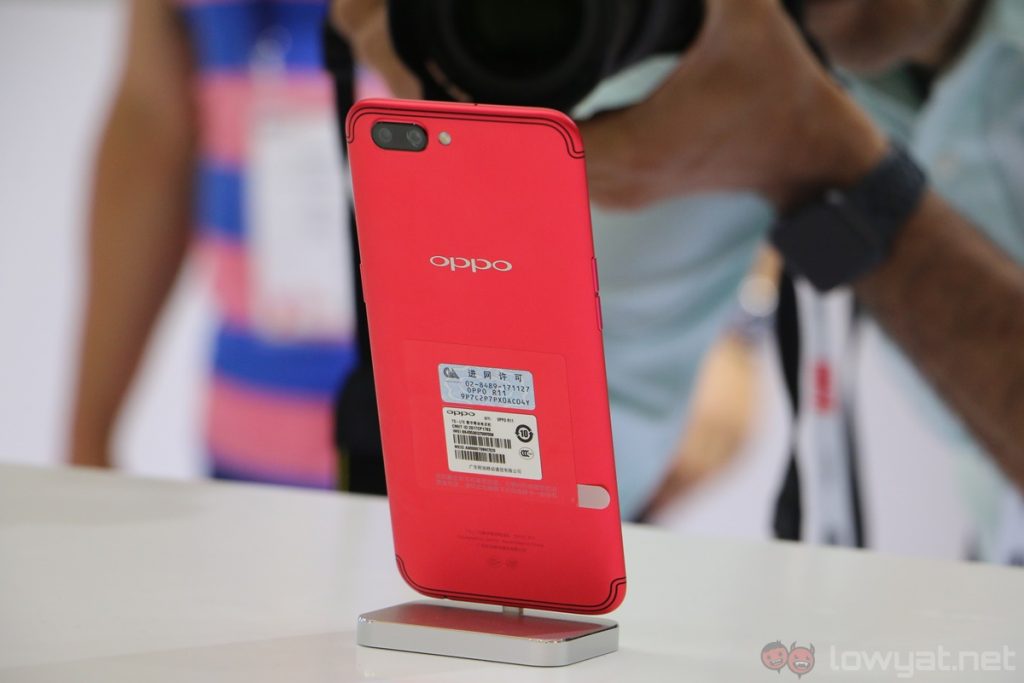Despite not having any new flagship-tier smartphone in its catalogue for quite some time now, Oppo is a pretty big player here in Malaysia. Unlike most companies, Oppo focuses quite a bit on the mid-range segment, which is a pretty unique approach. Evidently, Oppo is doing something right with its range of mid-range smartphones.
Back when we were at MWC Shanghai 2017, we managed to spend some time with the new Oppo R11 and R11 Plus. Although these two smartphones are “merely” mid-range offerings, they feel very much like flagship devices; especially in terms of refinement.
First, specifications. Aside from display size, RAM and battery capacities, the R11 and R11 Plus are identical. Both devices come with Full HD displays, Qualcomm Snapdragon 660 chipsets, 64GB of expandable storage, 20MP + 16MP rear cameras – similar to the ones found on the OnePlus 5 – 20MP front-facing shooters, as well as metal builds.
As for the differences between the two devices, the R11 comes with a 5.5-inch display, while the R11 Plus packs a bigger 6-inch display. In addition to that, the R11 comes with 4GB of RAM and a 3,000mAh battery too. The R11 Plus, on the other hand, features more RAM at 6GB and a bigger 4,000mAh cell.
Now that we’ve got specifications out of the way, let’s get to the design of the R11 and R11 Plus. Of course, we have to address the elephant in the room: these two devices look a lot like the iPhone 7 Plus. In fact, their back design is very similar to the OnePlus 5 too. However, despite these similarities, there are subtle differences – take the antenna lines’ design, for one.
In terms of ergonomics, the curved backs of the R11 and R11 Plus make them pretty comfortable devices to use for long periods of time, but the latter is definitely much more pleasant to hold. See, as the R11 Plus is larger, its sides aren’t as thin as the R11, which makes for a more ergonomically-sound device. Really, the R11’s tapered sides just feel too thin to hold comfortably.
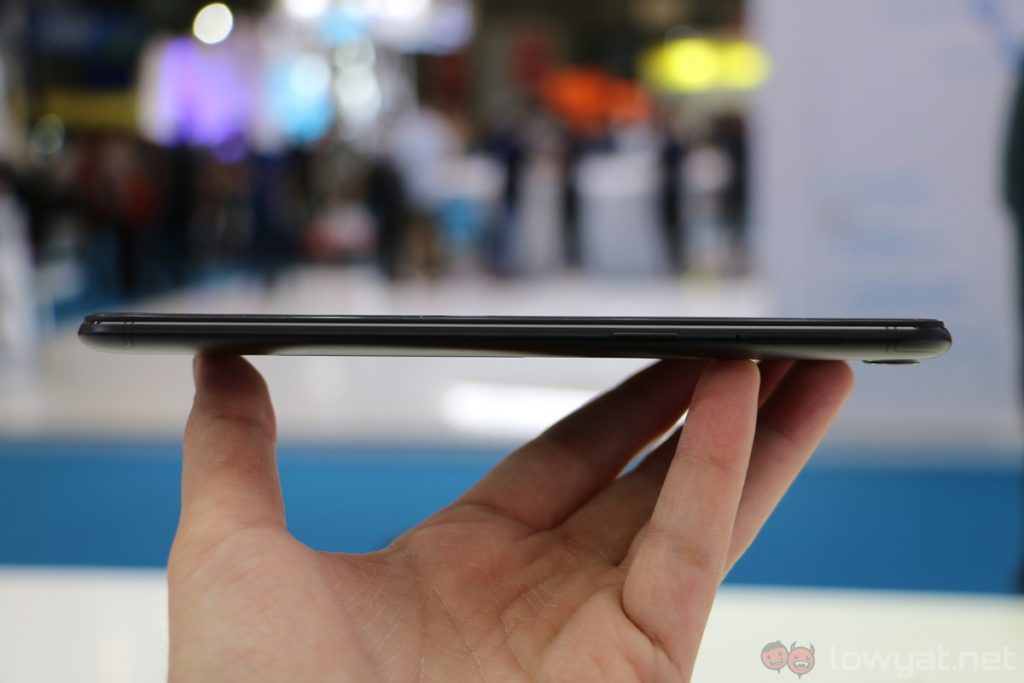 The Oppo R11 (top) and R11 Plus.
The Oppo R11 (top) and R11 Plus.
Build quality is also one of the most impressive aspects of the R11 and R11 Plus. It feels solid, well-built, and quite premium. If Oppo had put in a Snapdragon 835 chipset into these two devices – not that the Snapdragon 660 SoC powering them is inadequate by any means – the R11 and R11 Plus can easily pass off as flagship smartphones.
Speaking of chipsets, performance isn’t an issue at all with the R11 devices. They feel fast and zippy, apps open quickly, and there’s no noticeable lag or stuttering. This doesn’t come at a surprise, of course: the Snapdragon 660 chipset is a very capable SoC.
The R11 and R11 Plus’ most flaunted feature is definitely their camera performance, and based on my brief time with the two devices, they certainly deliver. The camera app is very responsive with very little to no shutter delay between shots – something many phone makers struggle with – and the 2x optical zoom enables interesting shooting options like Portrait Mode à la the iPhone 7 Plus.
Then again, it still remains to be seen just how good – or bad – the R11 and R11 Plus’ cameras are. Their low light performance, for example, has yet to be tested. After all, most smartphone cameras struggle with shooting in less ideal situations.
Without a doubt the Oppo R11 and R11 Plus are very refined mid-range smartphones, and it’ll be interesting to see much how they will be priced at once it’s available here in Malaysia. Personally, I’m hoping Oppo Malaysia will bring in the Heat Red R11: it’s a very eye-catching device.
Follow us on Instagram, Facebook, Twitter or Telegram for more updates and breaking news.


